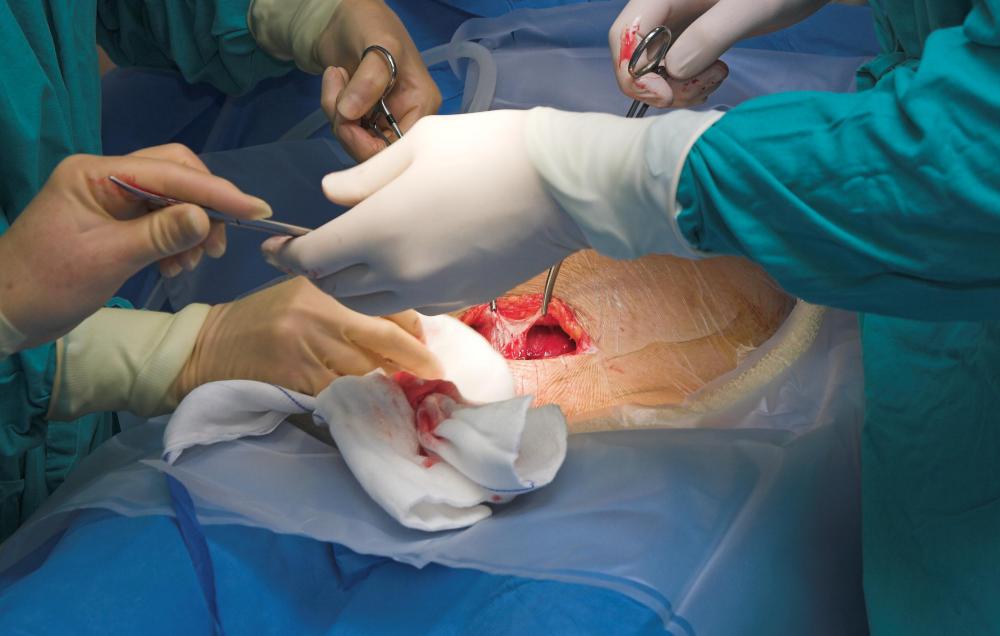At WiseGEEK, we're committed to delivering accurate, trustworthy information. Our expert-authored content is rigorously fact-checked and sourced from credible authorities. Discover how we uphold the highest standards in providing you with reliable knowledge.
What is Preeclampsia Treatment?
Preeclampsia, which is also called pregnancy-induced hypertension, is a type of high blood pressure that can develop during pregnancy. It can cause serious harm to both the mother and child. Since it usually goes away after giving birth, the most common preeclampsia treatment is usually delivery of the baby. If a woman’s condition is not severe and/or delivery is not ideal, other preeclampsia treatment options, such as medication, may be recommended.
The main symptoms of preeclampsia are usually high blood pressure and high protein levels in a woman’s urine. Other symptoms can include swelling in the face and hands, headaches, dizziness, urinating less and problems with vision. This condition typically occurs after the 20th week of pregnancy. Certain women seem to be at higher risk for it, including those who are pregnant for the first time, are carrying more than one baby, have gestational diabetes or have had preeclampsia in the past.

If left untreated, preeclampsia can cause a variety of problems for the mother and developing baby. For the mother, it may cause dangerously low levels of red blood cells and platelets, combined with high levels of liver enzymes, which can lead to serious health problems, including death. It can also restrict the amount of blood that gets to the placenta, which can cause growth and breathing problems for the baby. In the most severe cases, seizures can result, which means the preeclampsia has evolved into eclampsia. Eclampsia can cause lasting brain damage or even death.

In general, the only curative preeclampsia treatment option is delivery of the baby. This may be achieved, for example, by cesarean section or induction of labor using certain medications, such as pitocin. It’s usually only recommended when the baby has a good chance to survive outside the womb, or when other options have been exhausted. While preeclampsia goes away after giving birth, some women’s blood pressure may stay high for some time afterward. Due to this, they may be given a drug called magnesium sulfate to help prevent preeclampsia complications during labor and in the hours after giving birth.

If a woman isn’t far enough along in her pregnancy to safely give birth, other options for preeclampsia treatment may be used. For example, for mild cases, women may be instructed to stay in bed and rest. Medication may also be recommended, especially if a woman’s blood pressure is significantly higher than normal. Some common medications include those typically used to lower blood pressure and prevent seizures. Depending on how severe her condition is and the exact preeclampsia treatment used, a woman may have to enter the hospital to receive care and have her condition closely monitored.
AS FEATURED ON:
AS FEATURED ON:













Discuss this Article
Post your comments